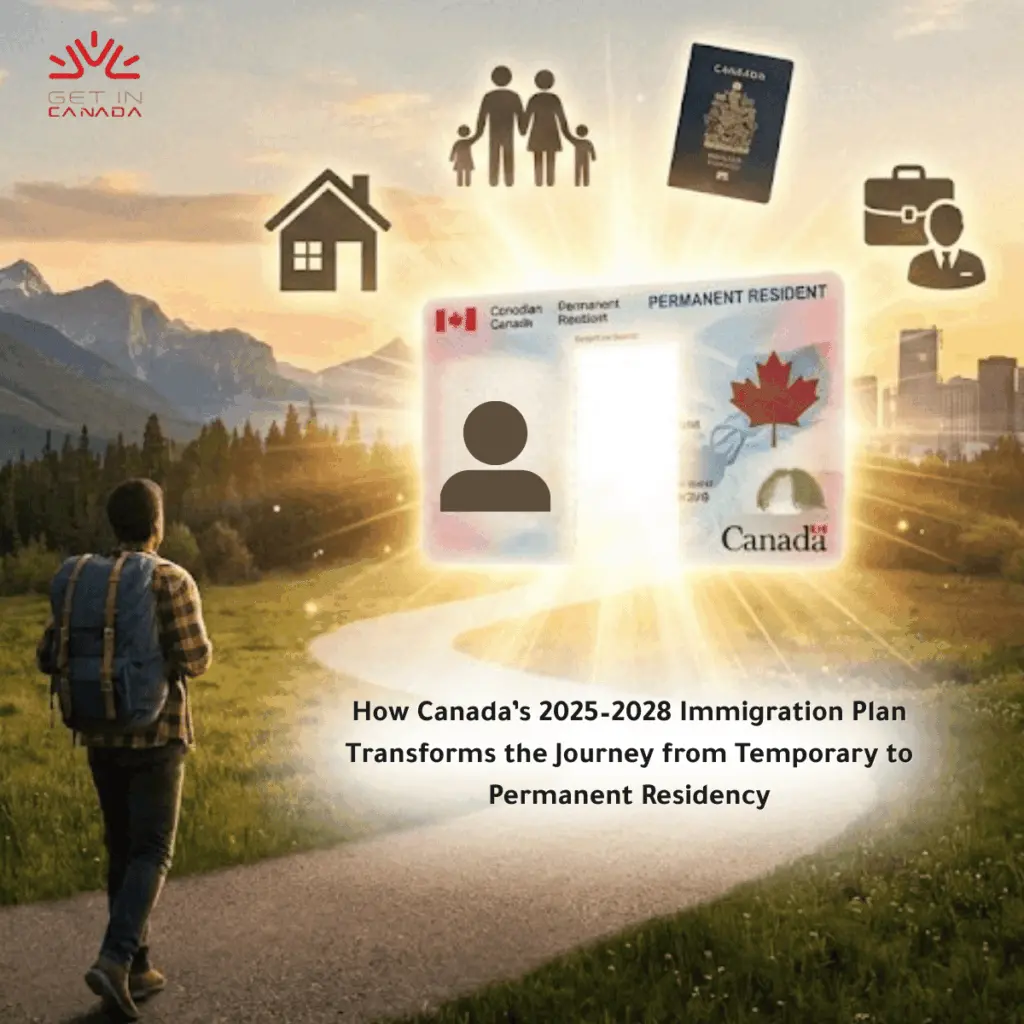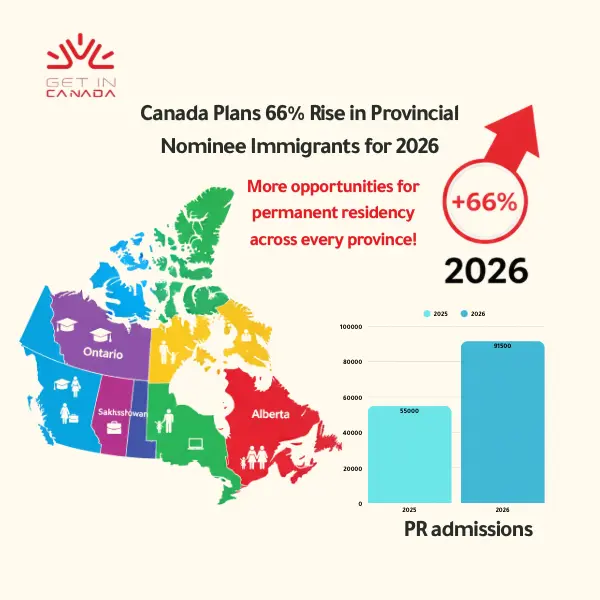Best National Parks to Visit in Canada 2025
Canada’s natural heritage is world-famous: rugged mountains, turquoise lakes, dense forests, and coastal wonders. For anyone planning a trip in 2025 or compiling a comprehensive Canada travel guide, visiting the best national parks in Canada should be at the very top of your list. These protected areas showcase the country’s wild beauty and offer endless outdoor adventures in Canada—from hiking and wildlife viewing to kayaking and stargazing. In this post, we highlight five must-see parks, each deserving its own spotlight. Whether you’re a seasoned traveler or a first-time visitor, these parks promise unforgettable experiences.

1. Banff National Park, Alberta
Banff National Park, established in 1885 as Canada’s very first national park, is widely regarded as one of the best national parks in Canada. Located in the heart of the Canadian Rockies, Banff is renowned for its soaring peaks, glacial lakes, and abundant wildlife. In 2025, Banff continues to attract nature lovers and adventure seekers from around the globe, who come to explore scenic trails, soak in hot springs, and marvel at emerald-blue waters.
Banff’s main attractions are easily accessible from the town of Banff and the nearby hamlet of Lake Louise.
Here are some highlights:
- Lake Louise: One of Banff’s signature landmarks, this striking turquoise lake is framed by Victoria Glacier. Visitors can rent a canoe, hike the Lakeshore Trail, or simply pause for photos by the shoreline.
- Moraine Lake: Often called “Valley of the Ten Peaks,” its brilliant blue waters are best viewed from the Rockpile or the Sentinel Pass trail. Ideal for sunrise photography.
- Banff Gondola: Rides to the summit of Sulphur Mountain offer panoramic vistas of the surrounding Rockies and Banff townsite. A boardwalk at the top includes interpretive signs about local ecosystems.
- Icefields Parkway: This iconic highway stretches 232 kilometers between Banff and Jasper. In 2025, improvements to viewing platforms at Bow Lake and Peyto Lake make it even easier to appreciate the glacier-fed lakes and ancient icefields.
- Banff Upper Hot Springs: After a long day of hiking or skiing (in winter 2025), relax in naturally heated pools while gazing at Mount Rundle and Sulphur Mountain.
Useful Links:
Find out if you are eligible to get in Canada →
2. Jasper National Park, Alberta
Bordering Banff to the south, Jasper National Park is the largest park in the Canadian Rockies. Known for its vast wilderness and UNESCO-designated Dark Sky Preserve, Jasper is a top choice among the best national parks in Canada for travelers seeking solitude, wildlife encounters, and star-filled nights.
Jasper was established in 1907 and encompasses nearly 11,000 square kilometers of mountains, glaciers, rivers, and lakes.
Here’s what to explore in 2025:
- Maligne Lake: Famous for Spirit Island, this glacier-fed lake can be toured by boat. In summer, guided canoe excursions let you paddle along its pristine waters. Hike the Mary Schäffer Loop for a close-up view.
- Athabasca Falls: A short drive from Jasper town, these powerful falls crash over a narrow channel, offering dramatic photo opportunities. A network of trails leads to several viewing platforms.
- Jasper SkyTram: Ride North America’s highest and longest aerial tramway to the summit of Whistlers Mountain (2,277 m). At the top, observation decks and interpretive exhibits offer insights into the Rocky Mountain ecosystem.
- Dark Sky Preserve: Thanks to Jasper’s low light pollution, stargazing is world-class. The annual Jasper Dark Sky Festival (usually September) features astronomy talks, telescopes, and night hikes—perfect for 2025 skywatchers.
- Icefield Canyon Hike & Columbia Icefield Tours: Take guided hikes among ancient glaciers or hop on an Ice Explorer bus to drive onto the Athabasca Glacier. Learn about climate change from onsite interpretive centers.
Useful Links:
3. Yoho National Park, British Columbia
Nestled just west of Banff, Yoho National Park in British Columbia might be smaller in size but is equally spectacular. Yoho—derived from a Cree word expressing awe—boasts towering waterfalls, fossil beds, and emerald-green lakes. For those seeking a more intimate wilderness experience, Yoho ranks among the best national parks in Canada and remains a must-visit in 2025.
Established in 1886, Yoho covers 1,313 km² of high peaks and deep valleys. Highlights include:
- Takakkaw Falls: Plunging 254 m (833 ft), this is one of Canada’s tallest waterfall systems. A short boardwalk leads from the parking area to the base, where mist and rainbows are common on sunny days.
- Emerald Lake: Renowned for its vivid green waters, this lake is accessible via a short drive from Field, BC. Walk the 5 km shoreline trail or rent a canoe in summer; in winter, the frozen surface becomes a natural skating rink.
- Natural Bridge: A rock arch carved by the Kicking Horse River over thousands of years. Easily reachable along Highway 1, it’s a great spot for a quick photo or picnic.
- Burgess Shale Fossil Beds: A UNESCO World Heritage site where discoveries of Cambrian-era fossils revolutionized paleontology. Book a guided hike to the fossil beds (permits required) and learn about the ancient creatures preserved in this shale.
- Iceline Trail: For experienced hikers, this 20 km loop traverses alpine meadows and glaciers. In 2025, improved signage and new rest shelters make this trail more accessible than ever.
Useful Links:
Find out if you are eligible to get in Canada →
4. Gros Morne National Park, Newfoundland and Labrador
On Canada’s eastern edge, Gros Morne National Park is a UNESCO World Heritage Site celebrated for its dramatic fjords, exposed earth mantle, and ancient rock formations. As one of the best national parks in Canada, it offers a dramatically different experience compared to the Rockies—think coastal headlands, red-sand beaches, and boreal forests. Gros Morne was established in 1973 and covers 1,805 km².
In 2025, visitors will find more interpretive trails and cultural programs than ever before:
- Western Brook Pond: A “landlocked fjord” formed 10,000 years ago by glacial retreat. Boat tours glide through the narrow canyon, surrounded by 600 m (2,000 ft) cliffs. Whale and seal sightings are common in nearby waters.
- Tablelands: This unique upland features rock from Earth’s mantle thrust to the surface. The stark, barren landscape contrasts sharply with lush forests found elsewhere. Short boardwalk trails explain the geology.
- Green Gardens Trail: A moderate 8 km trail leads through coastal barrens and meadows to a secluded cove. Look for wildflowers in summer and wading seabirds along the rocky shore.
- Gros Morne Mountain Trail: For experienced hikers, this 16 km loop summits Gros Morne Mountain (806 m). In 2025, new viewpoint platforms at 600 m elevation offer sweeping vistas of the park and St. Paul’s Inlet.
- Lobster Cove Head Lighthouse: A restored lighthouse perched on a red-sand bluff. The onsite interpretive centre tells the story of Newfoundland’s fishing heritage and has birdwatching platforms overlooking the Atlantic.
Useful Links:
5. Pacific Rim National Park Reserve, British Columbia
Stretching along Vancouver Island’s west coast, Pacific Rim National Park Reserve is a diverse coastal park that combines lush rainforests, rugged shoreline, and open ocean. Recognized as one of the best national parks in Canada, it’s a dream destination for surfing, storm watching, and rainforest hikes.
Created in 1970, Pacific Rim covers 511 km² and actually consists of three distinct units: Wickaninnish Beach, Long Beach, and the Broken Group Islands (a cluster of over 100 small islands).
In 2025, improvements to backcountry campsites and interpretive signage make exploration easier:
- Long Beach Unit: Five kilometers of sandy shoreline, ideal for surfing year-round (wetsuit recommended). Tide pools at low tide reveal colorful sea stars, anemones, and urchins.
- Wickaninnish Beach Unit (including Florencia Bay): Known for its pounding surf and old-growth Sitka spruce forest. A short boardwalk leads to viewpoints perfect for storm watching in fall and winter.
- Broken Group Islands: A paddler’s paradise—over 100 sheltered bays and coves. Canoe routes, eco-tours, and designated backcountry campsites let multi-day adventurers experience remote island life.
- West Coast Trail (adjacent): Although managed by BC Parks, many visitors base themselves in Pacific Rim Reserve before tackling this world-famous 75 km coastal trek. In 2025, expanded emergency shelters and resupply caches improve safety.
- Rainforest Trails: Easy loops such as the Rainforest Trail (0.5 km) allow immersive walks beneath towering Western red cedars and Sitka spruce. Interpretive panels explain the temperate rainforest ecosystem.
Useful Links:
Conclusion: Best National Parks in Canada
Canada’s national parks are living legacies of conservation, offering travelers unforgettable vistas and experiences. In 2025, these five remain at the top of any Canada travel guide and are truly among the best national parks in Canada. From Banff’s turquoise lakes and Jasper’s starry nights to Yoho’s cascading waterfalls, Gros Morne’s geologic marvels, and Pacific Rim’s roaring coastlines, each park tells its own story of wilderness and wonder. Plan ahead—reserve permits, park passes, and accommodations early, especially during peak seasons. When you visit, remember to respect wildlife, practice Leave No Trace principles, and engage with local Indigenous and eco-tourism initiatives. Your adventure awaits: start packing your hiking boots and camera, and get ready to explore Canada’s wildest frontiers.











